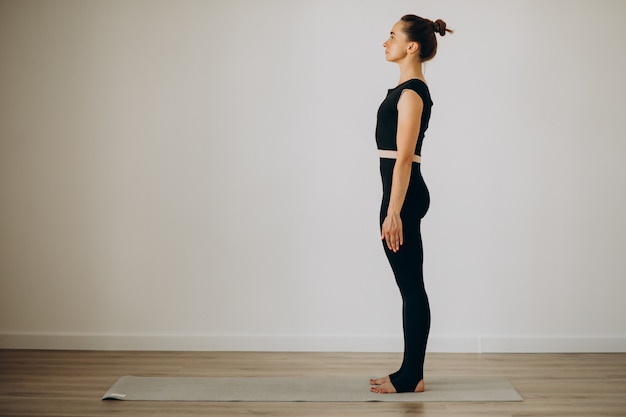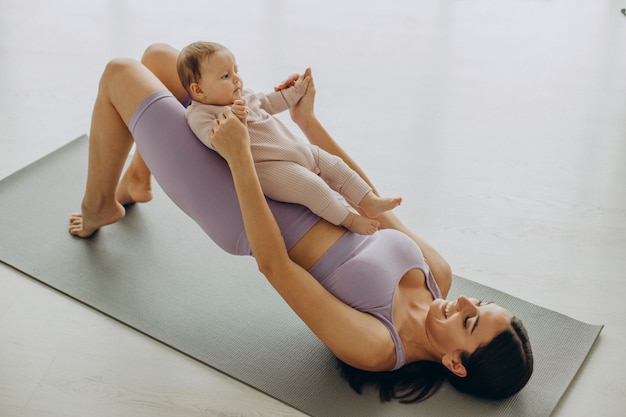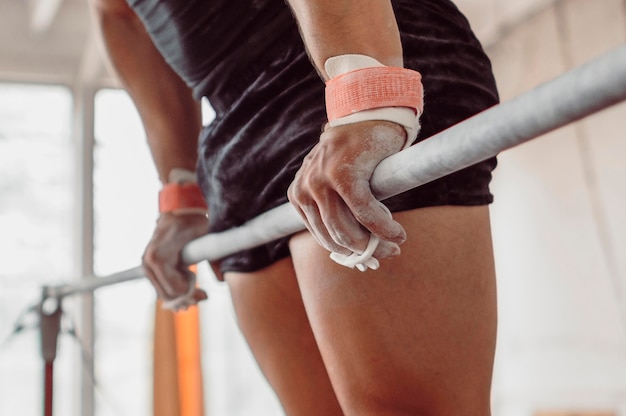Swimmers are known for their powerful endurance, flexibility, and joint mobility. But when it comes to dryland training, especially on equipment like the stair climber, improper use can lead to avoidable injuries. The stair climber is an excellent tool for building leg strength, cardiovascular fitness, and mimicking the kick phase of swimming—especially for breaststroke and flutter kick drills. However, without proper form and awareness, it can strain knees, hips, and lower back.
This guide outlines 20 science-backed strategies to reduce injury risk while using the stair climber—specifically tailored for swimmers. Each tip includes what to do, why it works, and how to adapt it to your training level and stroke specialty.
Lean slightly forward from the ankles—not the waist. This reduces lower back strain and mimics the streamlined body position in freestyle.

Use handrails only for balance when mounting or dismounting. Leaning shifts weight forward, increasing knee pressure and reducing glute activation.
Activate your abdominal muscles as you would during a streamline. This stabilizes the pelvis and protects the lumbar spine during repetitive motion.
Focus on slow, deliberate steps. Fast, bouncy movements increase joint impact and reduce muscle engagement—especially in the hamstrings and glutes.
Avoid walking on your toes. A flat-footed step distributes weight evenly and reduces Achilles and calf strain—critical for swimmers prone to plantar fasciitis.
Ensure your knees track directly over your second toe during each step. This prevents medial knee stress and supports joint longevity.
Swimmers already have high training volume. Excessive stair climbing can lead to overuse injuries. Stick to short, intense intervals for best results.
Perform dynamic stretches like leg swings and walking lunges. This prepares hip flexors and quads—muscles heavily used in both swimming and climbing.
After your session, stretch the calves, quads, and hip flexors. This helps reduce muscle tightness common in swimmers due to repetitive kicking motions.
Start with minimal resistance to build proper movement patterns. Gradually increase as strength and form improve.
Keep a slight bend in the knee to prevent hyperextension, which can stress ligaments and cartilage over time.
Sync your breath with your steps—inhale for two steps, exhale for two. This supports oxygen delivery and mimics bilateral breathing in freestyle.
Aim for a steady, moderate pace. Too fast increases injury risk; too slow reduces cardiovascular benefit. Find a sustainable rhythm.
Choose cross-trainers with firm soles. Cushioned running shoes can compress unevenly, altering foot alignment and increasing ankle instability.
Even though you’re not in the pool, your body still sweats. Dehydration reduces muscle elasticity and increases cramp risk.
Give your joints time to recover. Overuse can lead to tendinitis, especially in the patellar and Achilles tendons.
Squeeze your glutes at the top of each step. This improves hip extension power—directly benefiting dolphin and flutter kicks.
High inclines increase forward lean and knee load. Stick to moderate settings (6–8) unless prescribed for specific conditioning.
Sharp or persistent pain—especially in the knees or shins—is a warning sign. Stop and reassess form or volume. Don’t push through pain.
Include ankle dorsiflexion and hip mobility drills in your routine. Improved range of motion reduces compensatory movements that lead to injury.
By integrating these 20 strategies, swimmers can safely leverage the stair climber to enhance lower-body power, endurance, and dryland performance—without compromising joint health. Remember, consistency with proper form beats intensity with poor mechanics every time.

Fitness

Fitness

Fitness

Fitness

Fitness

Fitness

Fitness

Fitness

Fitness

Wellness

Fitness

Wellness

Health

Fitness

Health

Health